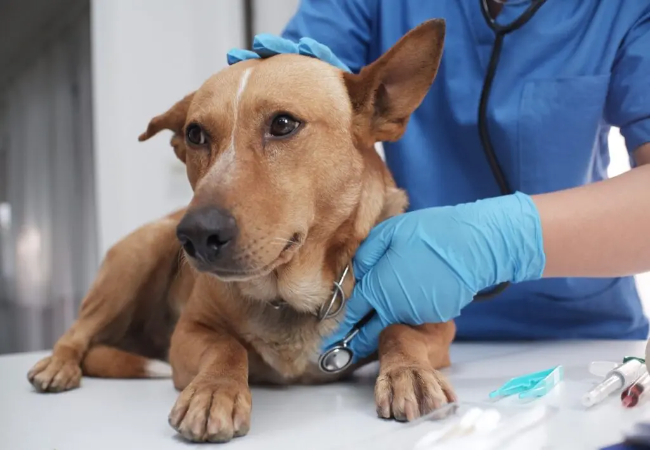Reducing Pet Fear in the Veterinary Setting: A Vet Approved Guide for 2025 🐶🐱

In this article
Reducing Pet Fear in the Veterinary Setting: A Vet Approved Guide for 2025 🐶🐱
By Dr. Duncan Houston BVSc
Veterinary visits can be a source of stress for many pets, leading to anxiety and fear that may deter owners from seeking necessary care. 🩺 Understanding the causes of this fear and implementing strategies to alleviate it can transform the veterinary experience for both pets and their owners. Let's explore vet-approved methods to reduce pet fear in the veterinary setting in 2025. 🧠
🔍 Understanding the Root Causes of Veterinary Anxiety
Pets may develop fear of veterinary visits due to various factors:
- Negative Past Experiences: Painful procedures or rough handling can leave lasting impressions.
- Unfamiliar Environments: New sights, sounds, and smells can be overwhelming.
- Lack of Socialization: Limited exposure to different environments during critical developmental periods.
- Owner Anxiety: Pets can pick up on their owner's stress, amplifying their own fears.
Recognizing these factors is the first step toward creating a more positive veterinary experience. 🐾
🏥 Creating a Pet-Centered Veterinary Practice
Transforming a veterinary clinic into a pet-friendly environment involves several key strategies:
- Staff Training: Educate all team members on low-stress handling techniques and recognizing signs of fear and anxiety.
- Clinic Design: Implement separate waiting areas for dogs and cats, use non-slip flooring, and minimize loud noises.
- Positive Reinforcement: Use treats and praise to create positive associations with the clinic.
- Pre-Visit Planning: Encourage owners to bring their pets for non-medical visits to acclimate them to the environment.
These changes can significantly reduce stress and improve the overall experience for pets. 🐶🐱
🧠 Implementing Fear-Free Techniques
Adopting fear-free practices can make a substantial difference in how pets perceive veterinary visits:
- Desensitization: Gradually expose pets to the clinic environment to reduce fear responses.
- Counter-Conditioning: Pair potentially stressful situations with positive outcomes, like treats or play.
- Use of Pheromones: Apply calming pheromone sprays or diffusers in the clinic to soothe anxious pets.
- Gentle Handling: Use minimal restraint and allow pets to remain in carriers or on owners' laps when possible.
These techniques can help pets associate the veterinary clinic with positive experiences. 🐾
📚 Educating Pet Owners
Owners play a crucial role in reducing their pets' fear of veterinary visits:
- Pre-Visit Preparation: Familiarize pets with carriers and car rides.
- Calm Demeanor: Remain relaxed and positive to prevent transferring anxiety to the pet.
- Reward Calm Behavior: Offer treats and praise for calm behavior before, during, and after the visit.
- Schedule Wisely: Choose appointment times when the clinic is less busy to minimize stress.
Empowering owners with this knowledge can lead to more successful veterinary visits. 🐶🐱
📱 Enhance Your Pet's Veterinary Experience with Trusted Resources
For additional support and personalized guidance, consider these resources:
- Ask A Vet: Connect with veterinary professionals for expert advice. 🩺
Empower your journey as a pet parent by downloading the Ask A Vet app today and ensure your furry friend thrives in 2025 and beyond! 📲🐾






